
© Rahi Rezvani. (Click image for larger version)
Nederlands Dans Theater
I wonder where the dreams I don’t remember go
★★★★✰
5 stars for concept/performance, 3 stars for livestream experience
The Hague, Lucent Danstheater
Live streamed 3-5 December 2020
www.ndt.nl
“The poem I would like to tell you is called ‘I wonder where the dreams I don’t remember go.’ Curtain? And music?”
Donnie Duncan Jr. called the cues, standing in front of a riveted metal wall-like curtain that rose to Max Richter’s lush and heavy melodies. Turning from the camera and the small audience allowed in the theater, he walked into choreographer Yoann Bourgeois’ dream world. A world that wonders about the dreams of last night, the dreams for our uncertain future, the old dreams lost, and the dreams once living in dancers’ bodies – where have they gone?
In Nederlands Dans Theater’s I wonder where the dreams I don’t remember go the set is the main character with two walls connected to a platform, all of bare plywood. It’s an exposed room with a simple table and two chairs. Fay van Baar, resting chin in hand at the table, is kissed on the forehead by Duncan. “Where were you, Fay?” he asked.
“In my thoughts, sorry.”
“Aren’t you fine here?” he asked.
She paused, looked around. “Here?”
“In this room?”
Cue the dream – you know the one you recently had where you woke up confused, thinking what was that all about? No answers come, just relief that you’re awake, mixed with a weird lingering feeling, and by mid-day you’ve forgotten the dream.
With Duncan asleep at the table, Van Baar picked up her chair and pushed its legs into holes in the wall. To our eyes it rested sideways, suspended like wall art, and we know from Bourgeois’ body of work that everything in this new piece is about to be pushed to its limit – the set, the dancers, and the audience. Like watching a tightrope walker, we’ll be simultaneously terrified and thrilled. Chairs, tables and walls – inanimate functional items – drive the dream and push the movement.
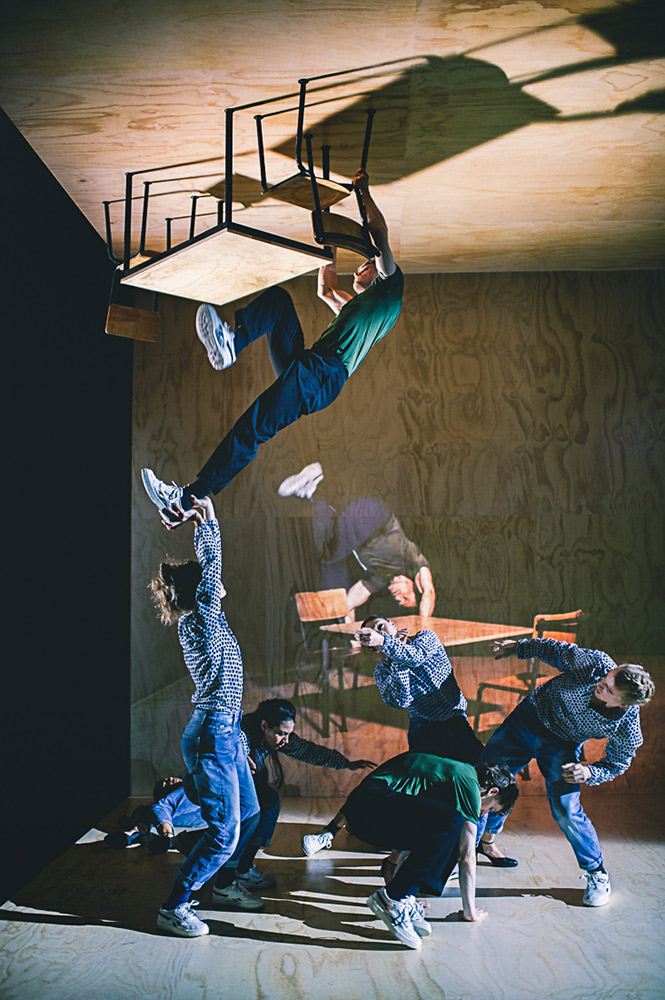
© Rahi Rezvani. (Click image for larger version)
For the next forty minutes there was no recognizable dance “step,” no phrases wildly eating up the space or limber extensions. There’s no space for that in the intentionally confined room and no need for it to tell the story. Held by Richter’s lullabies, the movement instead is curiously pedestrian, careful and deliberate with effortless acrobatic grace, lulling us into a deep sleep.
As Van Baar moved around, over and hung from her sideways chair, the dream state intensified – on the other wall she was projected at a 90-degree angle where the chair sat “normal” on the “floor.” She laid on the floor and pulled her feet from the wall, while projected she stood on the floor, leaned against the wall, lifted her feet and levitated.
I felt unsettled, some innate search going on in my mind for the ground. Ponytails do not suspend sideways. Backbends are not possible with feet and hands on walls. That’s not right my brain kept whispering. A wall, like one side of a drawbridge, lowered to a 45-degree angle. Van Baar and Duncan, now awake or maybe still sleeping, moved the other chair and table and inserted the legs into holes on the now floor. A nonsensical circling conversation began between them – “Have you seen my broken ring, my Johnny Marr red t-shirt, my wooden keychain, my orange soccer cleats? No, I haven’t.” And the dream got weirder as projected images of two dancers floated up the wall from behind Duncan and Van Baar. Or so it seemed. The camera controlled my perception because as the view widened, it was really the dancers slowly sliding down the 45-degree angle floor. Or wall. I wondered how the theater audience felt seeing it all, knowing more than me.
The effort of these dancers, their strength while moving like slow-motion gazelles to Richter’s repeating melodies was phenomenal. In the accompanying behind-the-scenes video to the livestream, the dancers are shown in rehearsal practicing on a suspended bar, with Paxton Ricketts and Lea Ved mentioning how sore they were at the start of this collaborative process with Bourgeois, learning a whole new language of movement – hanging, lifting and pushing, the language of the set – and seeing what magic it revealed.
The camera angles kept playing with me – the 45-degree floor slowly rose back to its role as a wall with dancers, chair and table still affixed, now sideways. Or was I seeing things overhead? The wall lowered again and Chloé Albaret with the grace of a high-wire artist’s first step, stepped onto the chair and up to the table, leaning her weight back to counter the 45-degree angle she stood on. On the other wall, her projection at 45 degrees lower defied gravity. The table and chair “normal,” she was an astronaut in outer space. Sound confusing? Intentionally so.
“Have you seen my goldfish?” the dancers asked each other. “I’m sorry, you’ve never owned a goldfish since we’ve been together.” Nonsense on a loop. The lights lowered to near darkness, Richter’s music swelled, and the bottom of a wall jutted forward and began rotating, pushing the dancers down and upending the chairs and tables like a slow-motion tsunami. The wall kept rotating to reveal Yukino Takaura and Jianhui Wang seated at an upside-down table and chairs, yelling at each other in a language unfamiliar to me, Takaura’s long hair hanging and Wang glistening in sweat. The physical effort was unreal. The wall became the ceiling.
I’ve seen a lot of dance, and I’ve never seen anything so physically challenging and dangerous. With the dancers tethered to nothing, it was like watching a horror movie with their projection 180-degrees below them, the table and chairs flipped to “normal” and Takaura’s long hair standing straight up. Screaming in fright and hanging from the table, they were finally helped to the floor by the others. The tension was cut for a moment as the dancers stilled and the music softened to a radio announcer’s voice from the “Forgotten Station.” The projection shifting eerily left to right, the ceiling was still alive remembering the dancers’ weight.

© Rahi Rezvani. (Click image for larger version)
The last moments unfolded with Richter’s familiar yet always moving “On the nature of daylight” with Dinah Washington reminding us of a bitter earth. Duncan and Van Baar took their turn sitting at the table on the ceiling, her hair braid pointed to the sky in the projection. Luca Tessarini climbed the dancers to get to the ceiling and began what felt like a superhuman suspended aerial pas de deux with Albaret who joined him at the table. I felt suspended as well. I would have been fine to have this dream go on forever. “What good is love that no one shares?” Washington’s velvety voice asked. “What good am I? Heaven only knows.” Seated together at last, upside down, they joined hands across the table, smiled, reached to touch each other’s faces, and the ceiling rotated back to its role as a wall.
The lights brightened as Duncan and Van Baar woke and set the strewn chairs and table back in place, ending as the dream began. Duncan left the set and addressed the camera and audience with well wishes, thanked us for coming, “now that the poem is finished, we will have to leave each other.” I’m so unsettled I can’t take this in, I’ve just woken up, too. Give me a minute, please, what just happened?
Right now, as dreams are lost and broken, thank you, Yoann and the deeply invested dancers/acrobats of god, for inviting me into yours. It won’t be forgotten.
____________
A note on the livestream experience: The concept, performance, and video/editing quality of I wonder where the dreams I don’t remember go was stunning. But I’ve been uncertain this year on the use of livestream. I watched Thursday and Friday’s show with few glitches, but during Saturday evening’s performance, the stream stopped in the middle for about twenty minutes. While NDT reacted quickly post-show and sent out a limited-time link to the video, it was still frustrating. When it’s flawless, I’m amazed at the effort. But rarely have I seen a full livestream performance this year without frozen screens and the need for a refresh. It’s the ever-present challenge of staying connected.













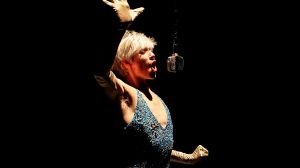
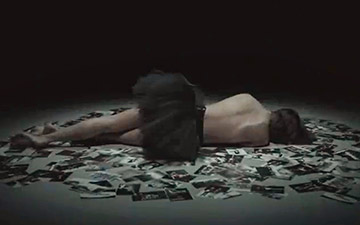
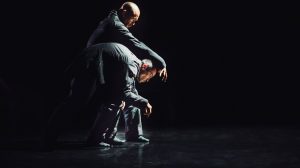
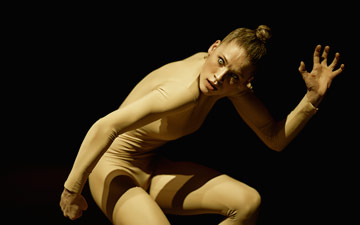
You must be logged in to post a comment.